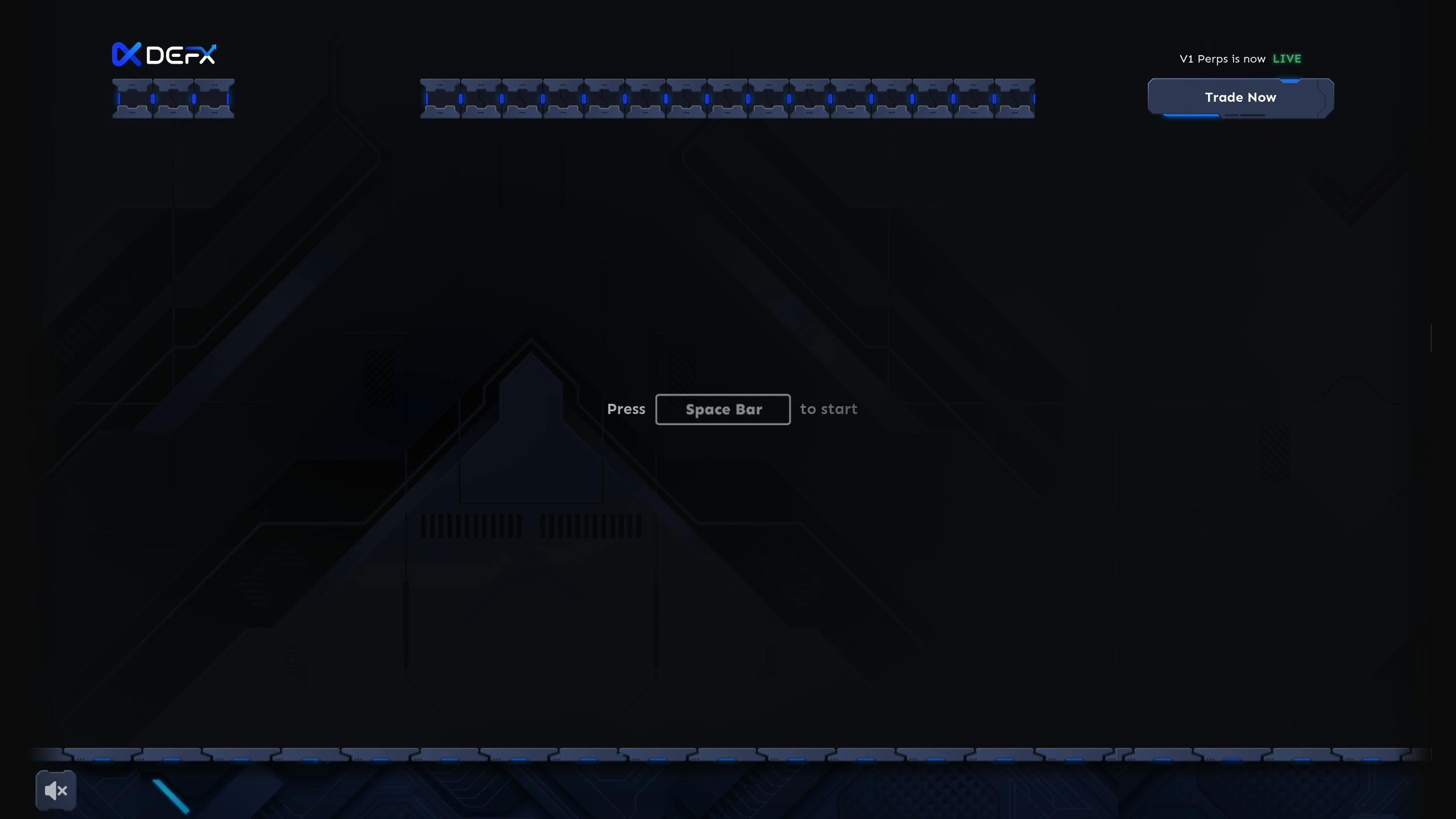Pre-launch tokens let you invest in crypto projects before they hit exchanges, offering high rewards but significant risks. To evaluate them effectively, focus on these key areas:
- Team Credibility: Verify team experience (e.g., LinkedIn, GitHub) and look for audits.
- Tokenomics: Check vesting schedules, inflation rates, and staking rewards.
- Market Demand: Analyze GitHub commits, social media growth, and competitive advantages.
- Security: Use tools like CertiK to assess smart contract vulnerabilities.
- Risk Management: Monitor wallet concentration, liquidity depth, and regulatory compliance.
Quick Overview
| Key Metric | Threshold |
|---|---|
| Community Growth | Over 15% monthly increase |
| Initial Liquidity | More than $500k pool depth |
| Development Activity | At least 3 commits per week |
| Wallet Concentration | Less than 20% holdings |
Due Diligence & How To Find The Next 10x Token
Key Evaluation Factors
Evaluating blockchain projects effectively involves focusing on three main areas: the team’s credibility, the project’s economic framework, and its traction in the market.
Project Background Check
Start by verifying the credentials of the team members. Platforms like LinkedIn and GitHub are useful for checking their experience. Look for individuals who have worked with well-known organizations like Coinbase or the Ethereum Foundation, as this can indicate stronger project potential [3].
Examine the technical documentation closely. Key elements to look for include:
- Detailed architecture specifications
- Clear implementation roadmaps
- A strong alignment between the identified problem and proposed solution
- Independent third-party audit reports
Research from a16z highlights that projects with comprehensive smart contract documentation and third-party audits are more likely to succeed at launch [2].
Token Economics Analysis
The way tokens are distributed can provide critical insights into a project’s long-term health. Best practices often involve consistent lockup periods across all stakeholder groups [2]. These factors also play a role in evaluating Price Risk Scoring, which will be discussed later.
| Warning Sign | Risk | Effect |
|---|---|---|
| More than 30% token unlock at launch | High | Creates immediate sell pressure |
| Annual inflation rate over 5% | Medium | Leads to long-term value dilution |
| Staking APY above 200% | Critical | Indicates unsustainable rewards [5] |
Pay close attention to vesting schedules. Transparent escrow details, such as multi-signature wallet addresses, are essential [2]. Projects that lack Day 1 utility features, like governance mechanisms, often become targets for speculative trading.
Although tokenomics can highlight structural risks, actual market demand ultimately determines a project’s short-term success.
Market Demand Check
Assessing demand involves analyzing patterns like the volatility of pre-launch tokens such as ALT [4]. Combine data-driven metrics with competitive analysis for a clearer picture.
Successful projects often show these traits:
- At least 50 monthly GitHub commits
- Weekly social media growth of 10% or more
- Active participation in developer forums
New projects must also offer clear advantages over existing solutions. For example, DeFi oracle projects should deliver at least 30% efficiency improvements compared to established players like Chainlink to attract investment [3]. Partnerships with Tier 1 exchanges are another strong indicator, with such projects showing a 68% higher survival rate [5].
sbb-itb-dd9e24a
Evaluation Tools
Once traders have assessed the basics, they need more advanced tools to confirm their findings. These tools provide insights into smart contracts, market sentiment, and potential risks before a token launch.
Using Defx for Market Analysis

Defx‘s pre-launch perpetual markets help traders analyze data like order book depth and historical volatility. Its Solana-based matching engine can handle 50,000 transactions per second, offering spreads that are 0.03% tighter than those on centralized exchanges [5].
Key features include:
- Open interest tracking
- Real-time reserve proofs
- Isolated margin system
Defx’s pre-launch price data shows an 82% correlation with post-TGE valuations across 15 tokens [4].
Blockchain Data Tools
Blockchain explorers, like Etherscan and Solscan, are essential for verifying smart contract details. They provide crucial insights into token fundamentals and contract authenticity.
| Step | Focus | Risk Level |
|---|---|---|
| Contract Code Review | Ensure the implementation matches the whitepaper | Unverified code = High Risk |
| Ownership Analysis | Verify legitimate project control | Multiple transfers = Medium Risk |
| Transaction Pattern | Identify suspicious activity | Bulk transfers = Critical Risk |
For instance, an analysis of a recent L2 token contract confirmed quarterly vesting schedules, providing transparency.
Security Check Platforms
Platforms like CertiK’s Skynet and Hacken specialize in evaluating project security. Their frameworks focus on three main areas:
-
Code Vulnerability Assessment
Projects scoring above 90 on vulnerability tests show strong security measures. These tests include penetration testing and formal verification. -
Administrative Control Review
This involves checking multi-signature requirements and privilege management. -
Historical Security Analysis
Reviews past exploit attempts and the project’s ability to handle them. For example, a recent audit of a Solana-based DEX achieved 97% secure function coverage through multi-layered testing.
These evaluations align with the five-factor framework, providing key metrics for informed decision-making. These security insights also play a role in the Price Risk Scoring methodology covered in the next section.
Risk Management Steps
After conducting security evaluations, take these practical steps to manage risks effectively:
Price Risk Scoring
Assess potential volatility using these important metrics:
| Risk Factor | Warning Threshold | Impact Level |
|---|---|---|
| Wallet Concentration | More than 20% holdings | Critical |
| Liquidity Depth | Less than 1000x pre vs. post volume | High |
| Vesting Schedule | Less than 6-month cliff | Medium |
| Futures Premium | Over 50% above spot price | High |
This five-factor framework helps measure exposure, enabling investors to decide on position sizes and set risk limits more effectively.
Legal Status Check
Building on the earlier team background verification process, ensure these key documents are validated:
| Document | Verification Focus |
|---|---|
| SAFT Agreements | Check investor accreditation |
| Security Audits | Confirm third-party technical validation |
| Regulatory Approvals | Verify compliance with jurisdiction rules |
A study reveals that 68% of failed token projects did not secure proper securities law opinions during presales [5]. For tokens targeting the EU, MiCA compliance will be mandatory by 2025, requiring specific reserve levels and valid whitepapers [5]. In Asian markets, explicit exchange partnership disclosures are also essential.
Additionally, smart contract verification through blockchain explorers adds a layer of legal assurance. Projects should ensure vesting schedules are transparent and cliff dates can be verified directly on blockchain explorers [2][3].
Summary and Next Steps
Pre-launch evaluation involves assessing risks across multiple areas: technical (30%), market (25%), team (20%), liquidity (15%), and legal (10%) [1][2]. Here are some key metrics to focus on:
| Metric | Threshold | Priority |
|---|---|---|
| Community Growth | Over 15% monthly increase | High |
| Initial Liquidity | More than $500k pool depth | Critical |
| Development Activity | At least 3 commits per week | High |
To ensure accurate evaluations, set up a structured monitoring system. For development progress, track GitHub activity and check smart contract audit updates through CertiK [1][3]. Use Defx’s cross-chain analysis tools – introduced earlier in the process – to follow liquidity depth and futures premium trends [4].
"Projects without clear regulatory positioning showed 53% higher delisting risk in Q3 2024" [3]
It’s crucial to confirm regulatory compliance, especially with the upcoming MiCA standards for tokens targeting the EU market. Legal clarity and transparent vesting schedules have been linked to a 37% reduction in post-launch volatility [2].
Keep an eye on these four indicators:
- Price changes exceeding 20% compared to roadmap goals
- Changes in the core team structure
- Protocol upgrades that impact token utility
- Major competitor launches [6]
